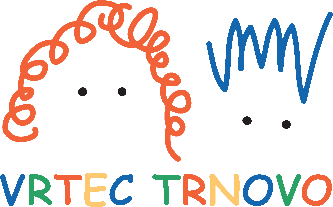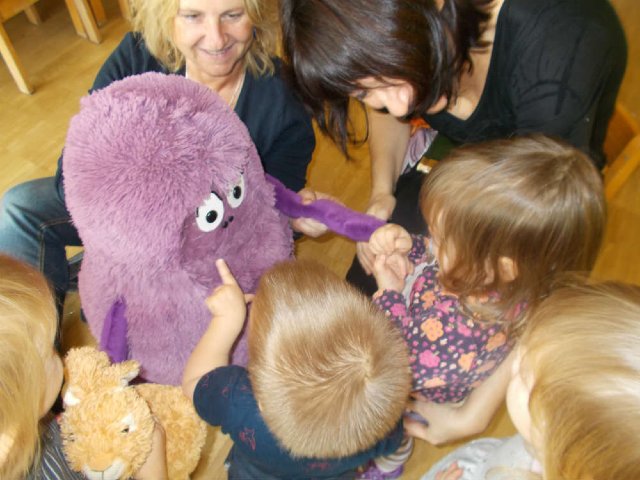9th PROJECT 2015/2016

Simbra, who came from a distant land called Tam Tam, was a globetrotter. One day, upon returning from his travels to his homeland, he noticed from a distance that something had changed. His experimental companion was no longer the same as he remembered; it was all torn apart. He wanted to enter but couldn’t. It seemed as if someone had erased the path leading there. He stood still, staring at it, pondering how he could find a way in but without success. How on earth could he access his experimental companion? Realizing he could not face the challenge on his own, he decided to seek help. Before leaving, he managed to store a piece of his destroyed companion, suspecting he would need it.
After a long walk, he arrived at the kindergarten. He was happy to be among so many children. Perhaps they could help him find a way to his experiential companion.
After successfully solving many tasks and challenges during their journey, the entire story about Simbra was presented at the end of the school year. All the stakeholders participated in and enjoyed the trip across a big, innovative, and experiential workshop situated on the kindergarten’s playground, where unlimited fun, play and learning unfolded.
The experiential companion that was constructed during the process stayed in the kindergarten for play and as a memory long after Simbra had returned to his land of Tam Tam.
Research areas: science, ecology – in relation to other curricular fields such as language, society, movement, art, mathematics
The story of Simbra and his experiential companion guided us throughout the whole year, directing our everyday activities and aiming to establish the so-called Experiential Companion – a large laboratory space for his creations and explorations. This companion was a place that Simbra from Tam Tam land needed for his creations and exploration.
Considering that Ljubljana won a title of European Green Capital, we linked the story and activities to the environment, ecology and nature. The content of the story was structured similarly to previous stories. It contained entanglements and resolutions that alternated in a logical sequence. The resolution of one challenge represented the starting point for the next stage with a new challenge. Different materials facilitated the exploration: plastics, seeds and water that were meaningfully divided according to the individual phases. The structure and the content of the story provided a framework for our planning throughout the entire year, serving as motivation not only for the children but also for the educators and parents.
At the same time, the individual stages allowed autonomy, creativity, adaptation, and changes according to the individual groups of children and developmental particularities related to age (for instance, the role of Simbra depended on the age of the children). Through experiential, hands-on exploration and creation, the children gained a comprehensive understanding of the research subject (natural science) and were introduced to fundamental human activities while testing and trying different activities, exploring, thinking, feeling and socializing. The aim of these activities was to nurture curiosity and sustained interest in the world around us, as well as to develop the abilities, needed for autonomous problem-solving and the growth of meta-cognitive skills.

